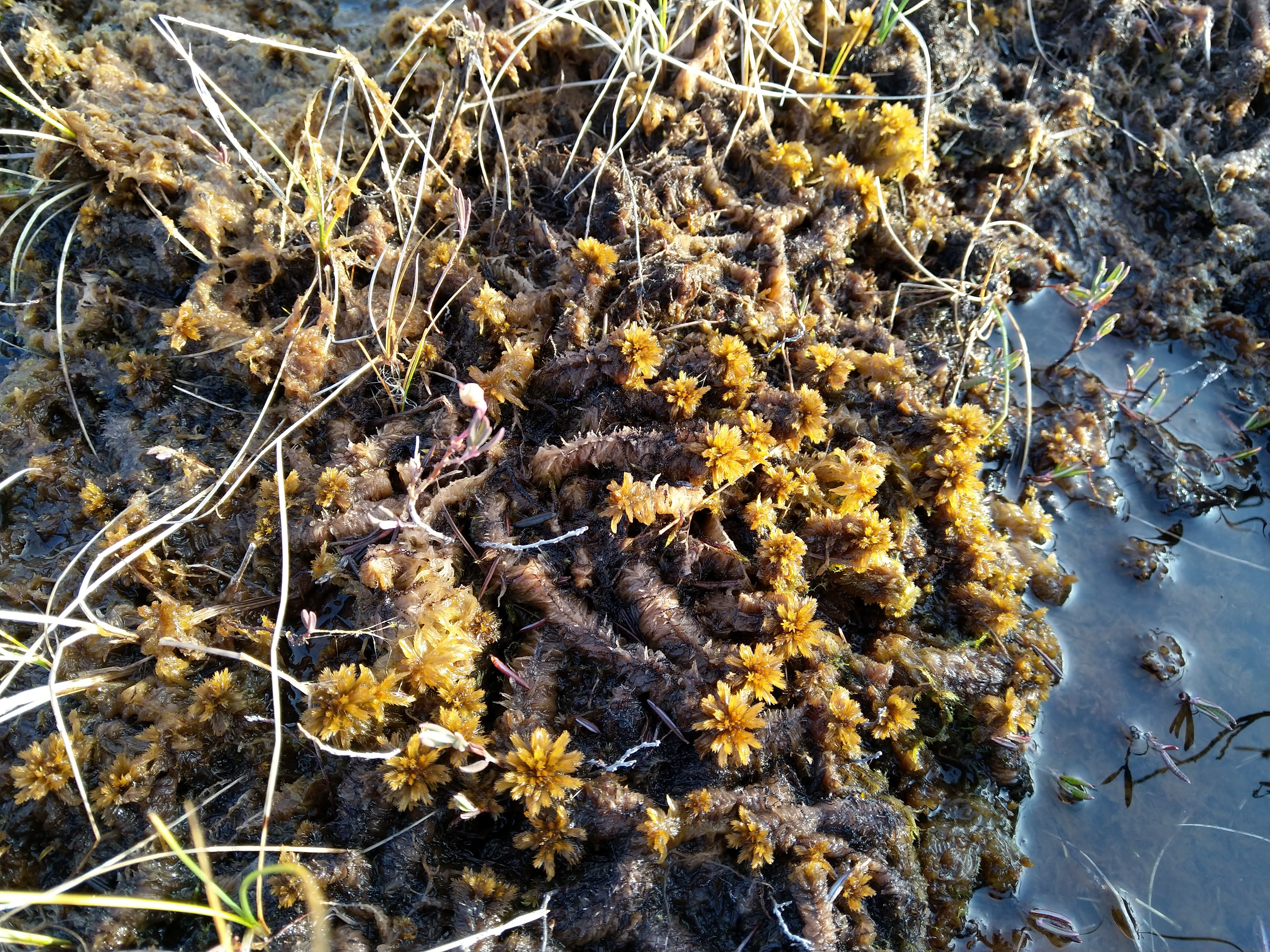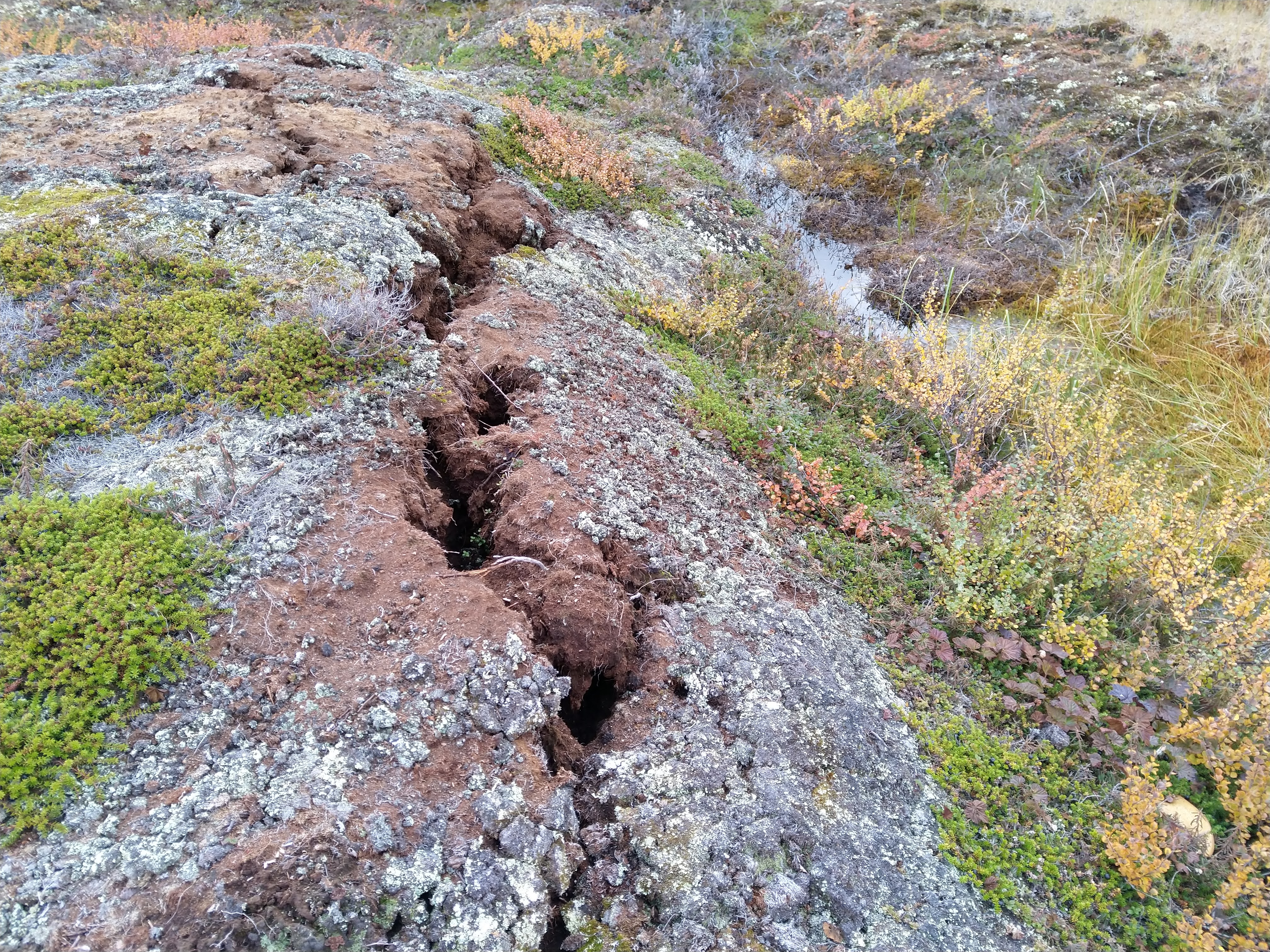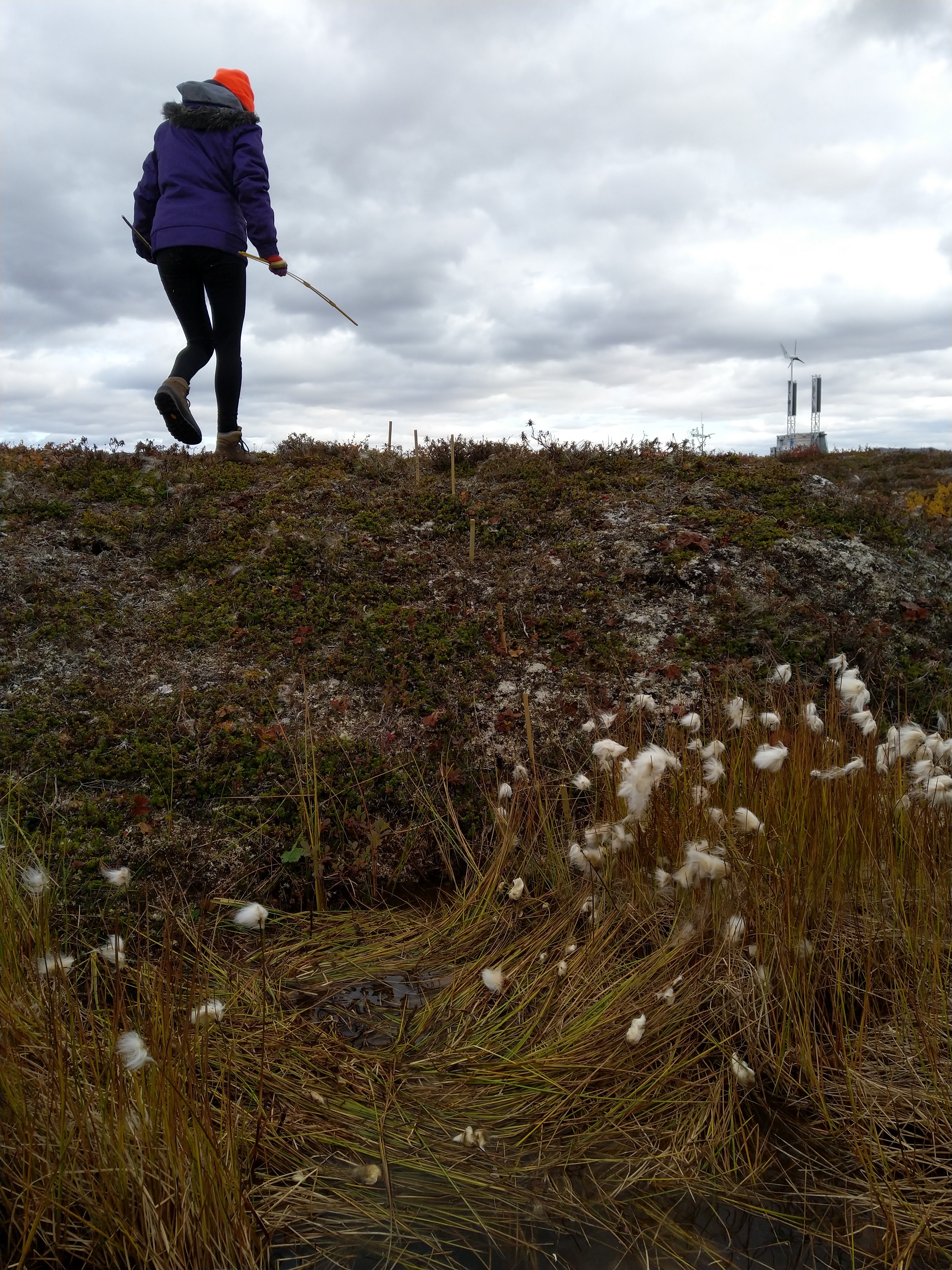Modelling peat
Another paper means another post, this time about all things peat.
PEAT - what is peat. With many years of studying permafrost, and the carbon it stores, a lot of my time was spent thinking about peat but I didn’t really think of it as “peat”. In my mind, soil had different amounts of organic material; it could have a lot and it could have a little, and that gives it a very different texture and properties, but it was all just soil to me.
But over the last few years I’ve come to understand that when soil contains a really large amount of organic material it becomes something special - peat. Certainly, the peatland scientific community think it’s special and people devote their lives to studying it. It’s been a pleasure to be introduced to this friendly and quirky community over the last couple of years.
So why is peat so special? When the soil is composed almost entirely of decomposing plant material it takes on different properties - it becomes “spongy”, and springs forwards and backwards as the water level rises and falls. It also grows, building up layer after layer and raising itself above the surroundings. This growth is really what makes it important: if it’s wet enough, peat will tend to just grow and grow, taking up a slow but steady stream of carbon out of the atmosphere. This has been going on for many thousands of years around the world, eventually storing up a huge amount of carbon, about as much as is stored in all the world’s trees and plants put together.
Peat has unique properties without which it couldn’t play its role in the Earth system: When the plant material is fresh (usually, near the surface), it lets water flow through it really easily, letting lots of water enter the soil. But when you reach the older, more decomposed material underneath, its properties change dramatically and it becomes almost impermeable to water, meaning that the peat can keep the water in.
If it starts to dry out, more of the peat decomposes and adds to the impermeable barrier, essentially “restoring” itself. A peatland ecosystem has many different functions like this which maintain the waterlogged state that it needs in order to keep accumulating carbon. So, we talk about a “functioning” peatland which is a dynamic ecosystem controlled by both its living and dead vegetation. But this complex balancing act can be disturbed, whether through changes in climate or the directly destructive behaviour of our own species, turning the small flow of carbon into the land into a big flow of carbon out; out of the land and into the atmosphere.
 Sphagnum moss in a functioning peatland.
Sphagnum moss in a functioning peatland.
 Dried peat losing its structure.
Dried peat losing its structure.
Peat Papers and Peat Projects
Our latest paper takes a step towards modelling peatland function (and loss of function) across the world. It describes how we can model some of the key functions of peat mathematically and shows that this produces realistic results. This is a step towards understanding how and where peat can maintain its function, and what might happen to the carbon if it doesn’t. We can start to understand what happens to the peat when its balance is disturbed and when, where and how that might happen.
While it’s super interesting to model these systems - I originally started building this model purely out of intellectual curiosity - actually, this matters. The UK government, for instance, has substantial sums of money to invest in peatland restoration, which could reinstate some of the functions in damaged and disturbed peatlands. Understanding where and when could this be most effective in keeping carbon in the ground will make a difference.
And on this note, I am very happy to be part a new project that has just started today looking at those exact questions. Follow this link to learn a bit more about it. This is one of several projects that I am lucky enough to be involved in, which are gradually coming together to form a growing group of peat modellers here at Exeter, where my random foray of intellectual curiosity has played a part in kicking off something much bigger. Only a few days ago this nascent group got together to look at things like the first model results from the tropics and discuss this modelling with a range of experts. Watch this space for lots more peaty research to come over the next few years.
 Walking across a permafrost peatland, Northern Norway. (Photos: N. Smith)
Walking across a permafrost peatland, Northern Norway. (Photos: N. Smith)
